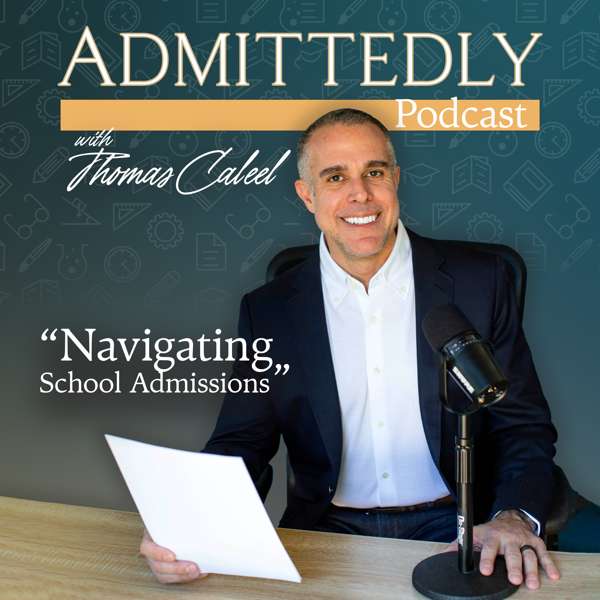Unlock the power of mindfulness both in and out of the classroom! In this episode of The Balanced Educator Podcast, we sit down with mindfulness expert, life coach, and author, Keith Macpherson, to dive into practical strategies for integrating mindfulness into your daily life and teaching practice.
Keith, author of Making Sense of Mindfulness, shares his unique five-principal framework that helps simplify the concept of mindfulness and shows how it can be applied to reduce stress, increase focus, and promote well-being. We explore how mindfulness goes beyond seated practice and becomes a holistic way of living, improving our connection with ourselves, our bodies, and our surroundings.
In this inspiring conversation, Keith also touches on:
- How to listen to your body and trust your instincts
- The power of living in the present moment and how to harness it for better focus and creativity
- Practical tips for overcoming creative blocks and integrating mindfulness into your teaching
- The importance of teaching from intuition and not just focusing on the curriculum
- Keith's journey to writing his new book, Making Sense of Mindfulness
If you're looking for ways to incorporate mindfulness and SEL into your classroom, Keith’s insights will leave you inspired and ready to bring more balance and joy to your teaching practice.

 Our TOPPODCAST Picks
Our TOPPODCAST Picks  Stay Connected
Stay Connected







